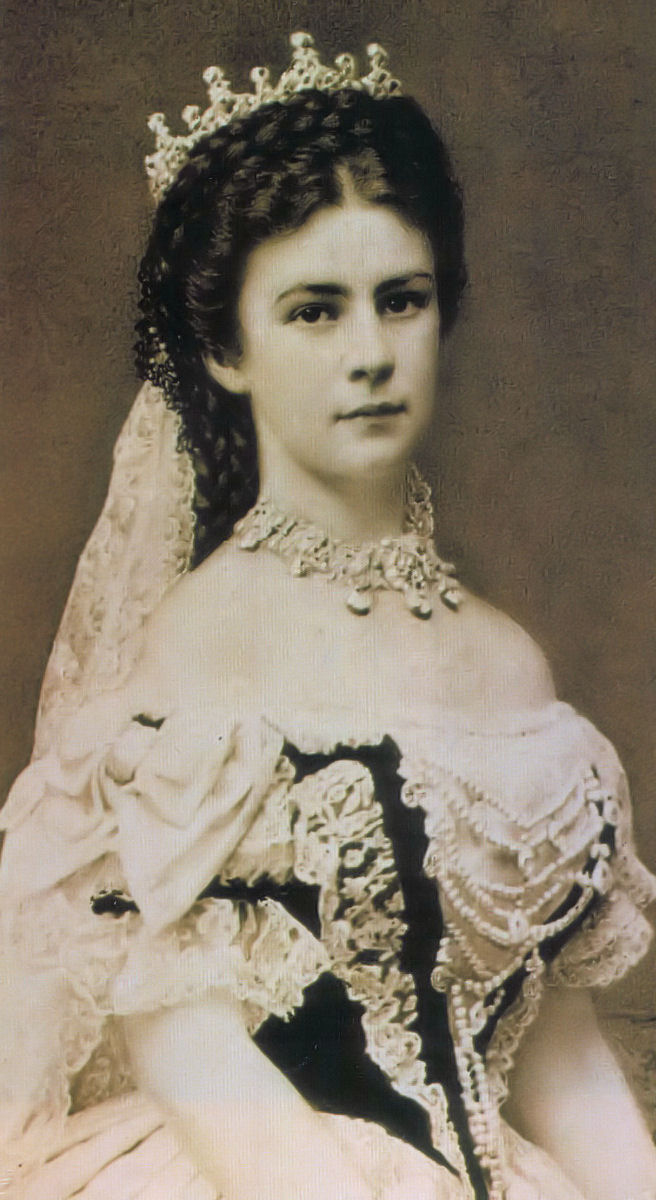Na ki a király(né)?
or
The role of -né in Hungarian
The usage of ’-né’ in Hungarian is something that even most of the Hungarians don’t know – unfortunately, as it’s one of the most interesting and beautiful parts of the Hungarian language in my opinion.
Basically, ’-né’
is a variant of ’nő’, meaning ’woman’, or, when used as an adjective, ’female’.
The Hungarian language originally does not have grammatical genders, but due to the influence of Indo-European languages, such as Latin and, more
significantly, German, in some cases it seems natural to
distinguish between male and female forms of a noun in modern Hungarian. For example, ’tanár’ (’teacher’),
when not used to name the profession but to talk about a certain person,
refers only to a man – to “make it female”, ’nő’ should be added at the end (‘tanárnő’).
It is similar to the Lehrer vs. Lehrerin phenomena in German.
Though grammatically
‘né’ is a form of ‘nő’, its meaning is somehow different. When adding ‘né’ to a
family name, it means ‘Mrs.’ – e.g. ‘Kovácsné’ means ‘Mrs. Kovács’. The
complete meaning of ‘x + né’ (where x = any noun) is that a woman became x by
marriage and she is the wife of x. Cannot understand? Don’t worry, neither does
most of the Hungarians, though it is not as complicated as it seems. Let me
explain with a few examples.
Basic form
|
Meaning
|
Meaning.2
|
|
király
|
king
|
+
nő = királynő
|
Queen (reigning)
|
+
né = királyné
|
Queen Consort
|
||
herceg
|
prince
|
+
nő = hercegnő
|
Princess
|
+
né = hercegné
|
wife of a prince
|
||
miniszterelnök
|
prime minister
|
+
nő = miniszterelnöknő
|
female prime minister
|
+
né = miniszterelnökné
|
wife of the prime minister
|
As you can
see from the examples, it does matter whether you add ‘né’ or ‘nő’. Speaking
about a ‘grófnő’ (‘countess’) means that she is a countess by birth, and
probably unmarried, while a ‘grófné’ is definitely married – and we don’t know
whether she is a countess by birth or not. A ‘trónörökösnő’ (‘Crown Princess’)
is the heir to the throne in her own right, while a ‘trónörökösné’ is the wife
of the Crown Prince. Another, a little bit more difficult and my personal
favourite example is the case of ‘sógorné’ and ‘sógornő’. Both can be
translated as ‘sister-in-law’. However, the former means the wife of my
brother, while the latter means the sister of my spouse, regardless of my and
my spouse’s gender.
by Alla


Comments
Post a Comment